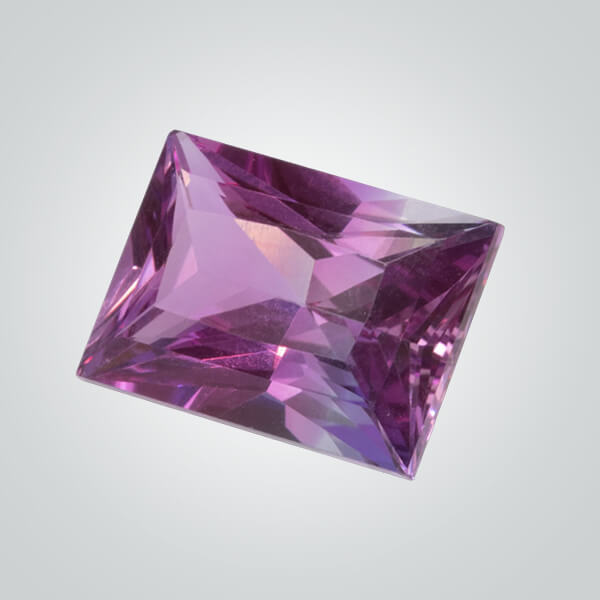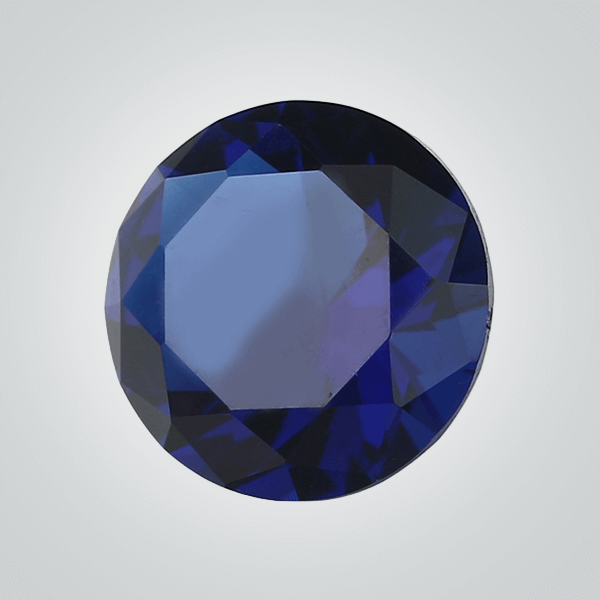The History Of Corundum Gemstones And Their Cultural Significance
Within gemstones, it is part of rubies and sapphires, and it is a very hard and highly lustrous mineral. Despite its poor cohesion, it is held in high regard in jewelry due to its bright colors and hardness. Besides being attractive, corundum has other qualities, including the important one of healing a body. Its benefits include the fact that it is believed to improve brain functioning and overall health and act as a shield against evil spirits.
Corundum Gemstones are quite diverse in the sense that it is available in various shades; this is except for the colored-changing Alexandrite type. It is an engrossing option for the collectors and the gem lovers.
What is corundum?
Corundum found in rocks is responsible for the formation of some rocks by actually being an ingredient. Tracing from the aluminum oxide group, corundum is normally transparent like a windowpane because it is formed from aluminum and oxygen. Thus, it can be colorless or may have a red, blue, or green shade when containing small amounts of iron or chromium, respectively.

History of Corundum
A barrel-shaped or thin plate figure has six facets, as is the case with corundum. It is a very hard gemstone, and it has great durability; hence, it lasts for a very long time. Over the years, it has been referred to as Ruby, Sapphire, among others. That is why the name corundum is used at the present time, which originates from the word kuruvinda, which means ruby in the ancient language. Corundum was used as the name starting in 1794.
Corundum is naturally composed of aluminum and oxygen, although one hardly comes across crystalline corundum, which is pure. More often than not, traces of other metals get added in. It can alter the color of corundum to make it ruby or sapphire. Among the gems, rubies and sapphires are some of the oldest to be found, and people have enjoyed them for thousands of years. But if you are looking for lab created gemstones, then it is best to have one by your side, as there is not much difference in these gemstones.
Historical facts about the naming of corundum
The name was derived from the Sanskrit word Kuirvinda, which is identical to the Indian name for Corundum, Kauruntoka. Known at first as corinvindum and first appearing on record in 1725, it was later known as cocorundum.
Who first discovered corundum?
Hiram Crisp, who was the prospector, discovered the Cocorundumn in 1870, and there was plenty of it that was available to mine. During the year 1876, a girl by the name of Annie, together with her father, Henry Robillard, stumbled on a commercially viable deposit of cocorundumocated in a mountainous region. Corundum is a rather rigid mineral that is ranked only below the diamond and can be located in various sorts of rocks, so buy gems carefully.

Where did corundum originate?
Corundum occurs in various categories of geological settings. This is discovered in locations having high aluminum content but low silica content. Some of the principal sources of coconuts include metamorphic rocks and volcanic rocks, especially the basalts. It is also present in light-colored igneous rocks like pegmatites, syenites, and nepheline syenites by contributing the whole amount of sodium.
Where was corundum found?
Corundum can occur in all three classes of rocks: igneous, metamorphic, and sedimentary rocks. It is quite common; however, large deposits are not frequently reported. Other countries with relatively large corundum resources are India, Myanmar (Burma), Russia, Zimbabwe, and South Africa. In addition, it is also present in alluvial deposits, especially in river and stream sections of blue gemstones.
Summing it up
This article has stated how you can get the best gemstone from the range of synthetic corundum. You can also get gemstones of different sizes that you need according to your use.
Comments
Post a Comment